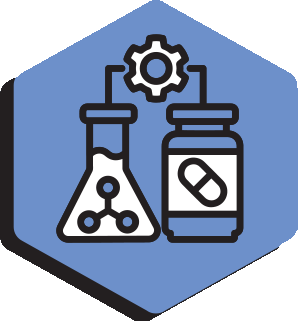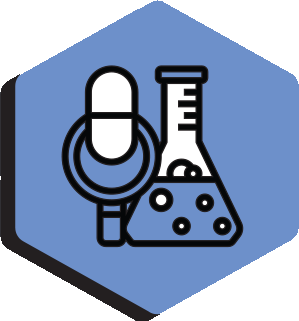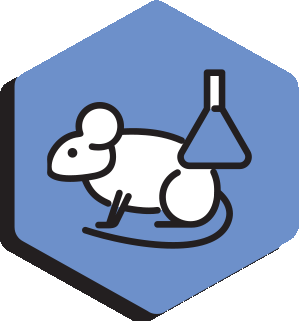- Home
- Services
- Project Leadership & Business Solutions
- Late Discovery & Investigative Research
- Chemistry, Manufacturing & Controls (API & Drug Product)
- Nonclinical Sciences
- Clinical Strategy
- Regulatory Strategy & Application Preparation
- Quality & Compliance
- Advanced Technologies
- Staff Augmentation & FTE Recruitment
- NGT Pediatric CoE
- Team
- Resources
- News
- Contact
- Careers
Your Needs. Our Focus.
NGT BioPharma Consultants is a drug development and advanced technologies consultancy firm supporting small molecules & biologics across the drug development continuum from late discovery through preclinical and clinical development, registration, commercialization, and life cycle management.
Our highly qualified teams and extensive network of small & large-molecule drug development consultants help pharmaceutical & biotech organizations of all types and sizes, including virtual companies, start-ups, small biotechs, clinical-stage biotechs, established biopharmaceutical companies, non-profit research organizations, academic institutions & technology transfer organizations, and healthcare investors.
Our comprehensive consulting services are flexible, customizable based on your needs, and designed to help with strategic & tactical support in seamless collaboration with client project teams. We are committed to helping our clients succeed.
NGT Biopharma Consultants’ wide breadth of consulting services are structured to tackle the unique opportunities, issues, and challenges in Late Discovery, Early Development, Late Development/Commercialization, and Lifecycle Management, across all the essential drug development workstreams.
WHY US?
Experience Matters.
Our team has dedicated their careers to the drug discovery & development industry, and we understand the complex situations often encountered, therefore we know that “time is money” and having to unexpectedly do something over again or change directions is costly and something to try to avoid.
We look at your drug development program holistically, while factoring in your company’s individual dynamics, to help guide your path towards successfully accomplishing your goals. We pride ourselves in leveraging our teams’ collective experience to help biotech and pharma companies more efficiently develop their new molecules and drug candidates so that new medicines, often much needed for specific therapeutic conditions, can get to the market quicker.
Your Needs. Our Focus.
We don’t believe drug development consulting services should be “1 size fits all”. Our drug development experts apply a focused approach while leveraging our broad capabilities and we develop solutions that address “what your specific needs are”. We can extend the reach of your team’s internal capabilities in specific areas, or we can fill subject matter expertise gaps for key areas where you may not be ready to hire full-time personnel, or we can be a valuable option when you need to maintain capital flexibility as you advance your preclinical and clinical drug candidates towards marketing approval. Having the ability to leverage the depth and breadth of our capabilities, and network of our experienced subject matter experts, means we can quickly bring additional knowledge and resources into a program without delays when needed.
It’s Not Just About The “Whats”.
We don’t view drug development consulting as a standardized process, templated through a checklist of “what you need to do” activities. Often it is the why, how, and when context where our experience, knowledge, and advice that adds the most value to our clients.
Our consultants have decades of proven experience in biotech & pharma, working on a wide variety of small molecules and biologics, which provides a strong foundation of knowledge, insights, successful approaches and lessons learned that can be leveraged when helping clients determine what to do when, how, and why. Additionally, while we are experienced and comfortable solving the complex challenges and issues that are often encountered in drug development programs, we prefer utilizing our knowledge and experience to proactively help you navigate your path forward so that many common drug development issues can be avoided, and your potential risks and costs can be minimized.








